Simple Japanese Furniture: 24 Classic Step-By-Step Projects
£11.40£16.10 (-29%)
Simple Japanese Furniture presents 24 simple and stylish furniture projects for the home based on timeless Japanese designs from the mid-1950s.
The timeless designs featured in this book were designed in the mid-1950s by the Japanese design group KAK, led by architect and industrial designer Yoshio Akioka. Now, more than half a century after the creation of these designs, the chairs, tables, and storage furniture retain their simple beauty and functionality.
The 24 rewarding projects are presented with notes on the key design elements of each piece, the tools and techniques needed to construct them, and step-by-step instructions for completing them. The designs are chosen to highlight the structure of furniture and the techniques are well-suited to working with softwood planks and plywood – readily available in DIY stores. Each project is described in a brief overview, with a difficulty rating and an emphasis on key design elements. This is followed by a detailed instructions section with helpful illustrations.
Appealing to woodworkers and hand-tool enthusiasts, the book reflects a growing interest in making simple practical furniture for the home as well as an appreciation of Japanese design.
Projects include:
- Two-way cross-braced stool
- Round plywood tea table
- Sturdy porch bench
- Simple umbrella stand
- V-shaped leg tea table
- Variable-height table
- Box-shaped bench
- Low plywood chair.
Read more
Additional information
| Publisher | GMC Publications (7 July 2022) |
|---|---|
| Language | English |
| Paperback | 184 pages |
| ISBN-10 | 178494632X |
| ISBN-13 | 978-1784946326 |
| Dimensions | 20.32 x 1.27 x 25.4 cm |

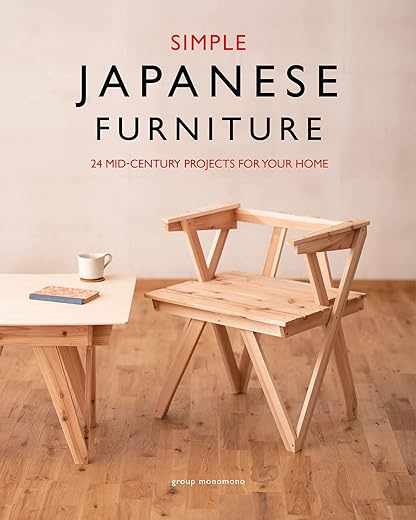
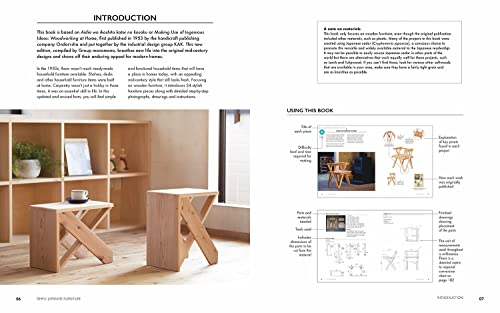
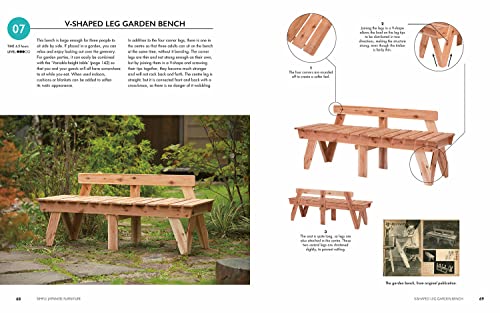
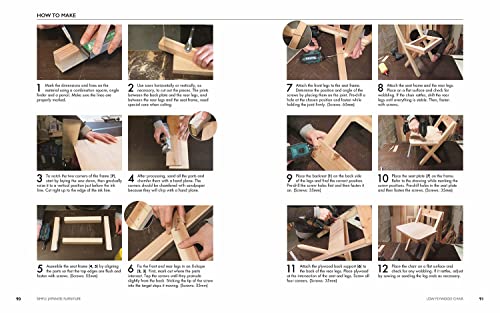









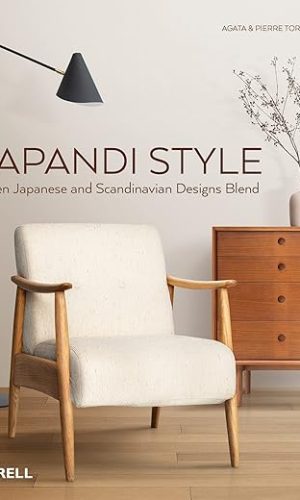

by BMO
Great book yes, however a big problem is the technical drawings, which do not contain key measurements needed to mark your bits of wood. I’ve included a couple of examples to help illustrate the problem. The only way I can see to actually make these projects would be to scan and enlarge these drawings to a4 / a3 paper, and then use an angle finder on the paper to mark the wood. Which is pretty bananas if you ask me. It would have been so much simpler just to add the measurements!?